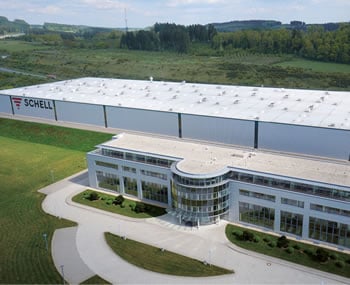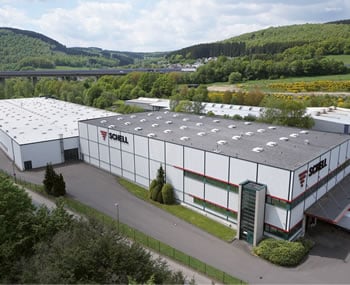World Water Day 2022: drinking water and groundwater – two essential resources
6-minute read
March 22nd is World Water Day. For the last 30 years – since 1992 – the United Nations has used this day in March to draw awareness to the importance of water for (the survival of) human life. This can be pretty easy to forget when water is so easily available and in such excellent quality as it is in Germany. Each World Water Day has its own special theme. This year, the theme is: ‘Groundwater, invisible but vital to health’. As part of the water cycle and the source of our drinking water, groundwater is a key resource that we should utilise both efficiently and – above all – sparingly. Groundwater is increasingly exposed to threats, however. Climate change and human activity have a key role to play here, which is why World Water Day is aiming to once again make groundwater more visible – both to policymakers and society as a whole – in 2022.
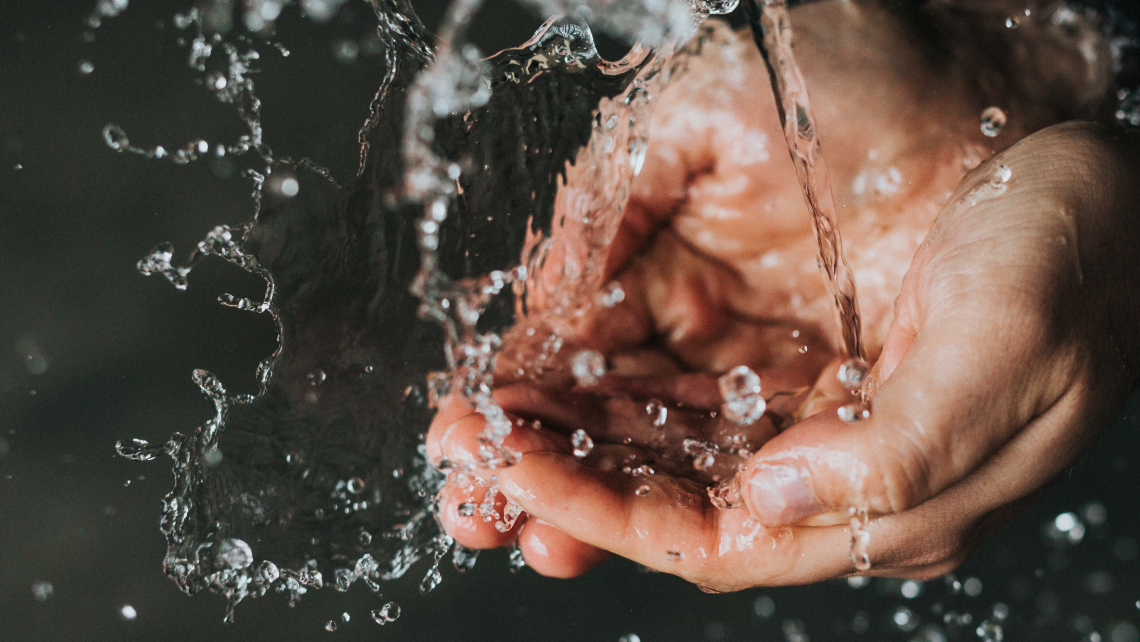
Water is a precious resource
Although 70 percent of the Earth’s surface is covered with water, just 0.3 percent of this is available to humans as freshwater. This clearly indicates how water is a scarce resource that requires very careful handling. And how we should prioritise saving water in our day-to-day lives. SCHELL fittings can make a key difference here, because they can maximise the economical use of water while also supporting drinking water hygiene. Contactless, electronic wash basin taps, for example, start automatically as needed and stop when the user walks away. Limiting the detection range also ensures that the tap sensor triggers the flow of water only when it is actually required and not, for example, when already wet hands are being soaped up in the vicinity of the basin. This smart adjustment of flow times and detection ranges can add up to water savings of as much as 62 percent when compared with regular single-lever mixers. Electronic urinal fittings also adjust automatically to usage patterns. For periods of heavy use, flush volumes can also be regulated specifically with dedicated programmes. WC usage is another area where water can be saved. Thanks to a SCHELL WC flush fitting with an economy button – such as the SCHELLOMAT Silent Eco exposed WC flush valve – water consumption can be cut by around 37 percent in comparison with a conventional flush valve.
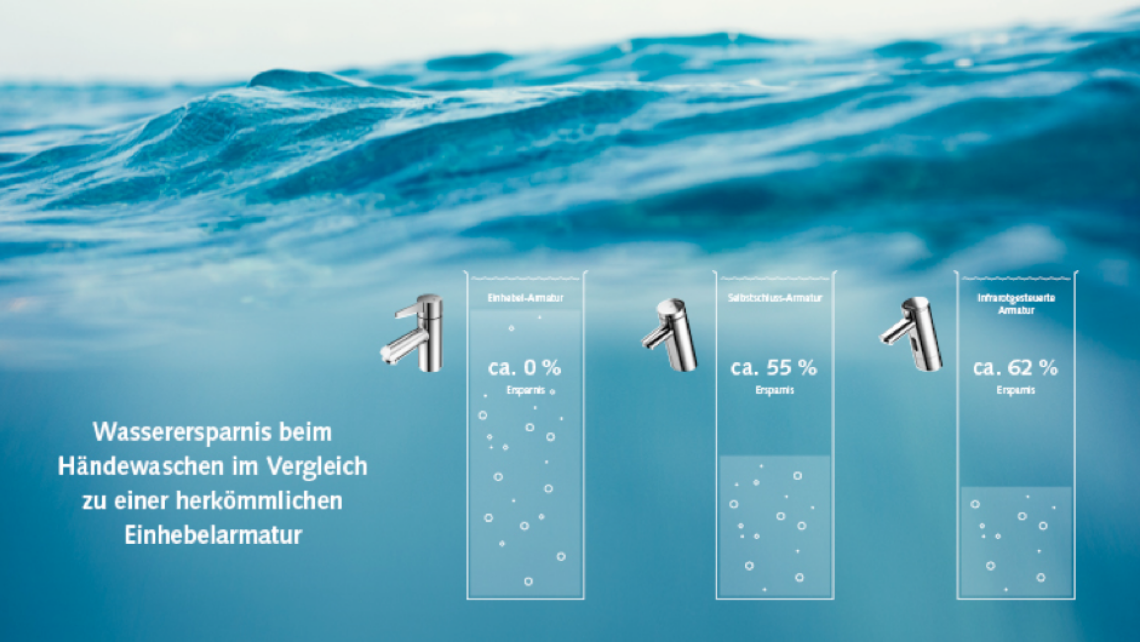
Protecting groundwater for perfect drinking water
This essential resource cannot be protected by water-saving activities alone, however. The purity of groundwater is another important factor for public drinking water supplies. In Germany, for example, 65 percent of drinking water is sourced from groundwater. Groundwater comes mostly from rainwater, as it soaks into the ground and ends up in layers of rock called aquifers. While groundwater is purified of contaminants as it permeates through soil and rock, this kind of natural filtration does have its limits. If the ground becomes saturated by too many pollutants, these will leach out into the groundwater, which will need complex treatment processes to make it safe to drink. This is why the use of plant protection products in commercial agriculture or also by private households – and even when used properly – can create problems for water utility companies. Sewage entering the ground is also highly detrimental to groundwater quality. Since only a small proportion of the available water can be simply pumped into the German water mains without any treatment, the less contaminated this water, the better. For details of how water treatment works, see this post.
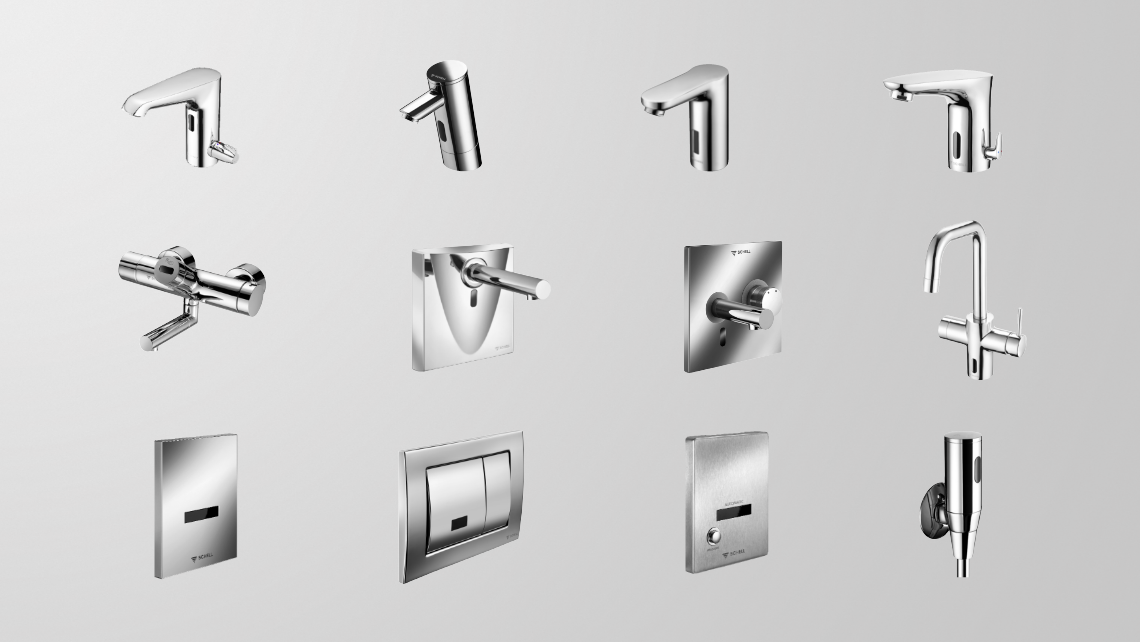
Maintaining water quality in buildings
Up to the building’s service connection, the majority of drinking water taken from groundwater is supplied as very high-quality water direct from the utility. From this point onwards, the facility manager is responsible for ensuring drinking water quality. This is where SCHELL provides valuable support. Specified normal operation of the drinking water installation is essential to maintain the water quality in a building. Part of this involves ensuring that a complete exchange of water is achieved across all tapping points at least every 72 hours. If this water exchange is not achieved by the regular use of the sanitary facilities in the building, then stagnation flushes can be a useful remedy. With electronic fittings, these flushes can be triggered automatically instead of manually. Going one step further, the use of a water management system permits the centralised control of all networked fittings, and ensures maintaining drinking water hygiene is as simple and efficient as possible. An ideal solution here is to combine SWS-capable electronic SCHELL fittings and the SCHELL Water Management System SWS.
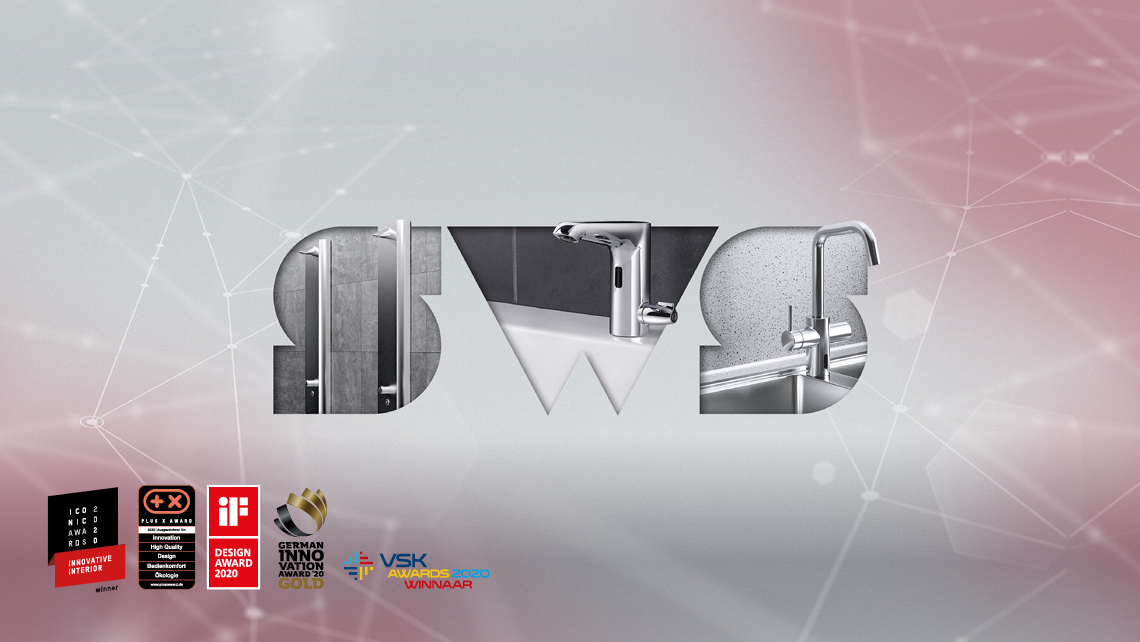
New development or renovation? SCHELL SWS is always the right choice
From a brand new development to an isolated renovation – SWS works well with any project. SWS-capable electronic SCHELL fittings can be networked as wireless or wired solutions and operated on batteries. This avoids the needs for additional power cabling or wall chasing work. As result, switching to electronic fittings and SCHELL SWS is a straightforward move. Adding the optional online SMART.SWS service gives you remote access to SWS to check on your drinking water installation and parameters such as stagnation flushes. You can monitor compliance with drinking water quality from anywhere and at any time – and intervene immediately as necessary. In this way, you can ensure that the ‘invisible but vital’ resource of groundwater travels the last few metres to its users in the best-possible quality.
Want to know more about the wonderful world of water?
Then you are welcome to download our infographic!

![[Translate to English:] [Translate to English:]](/fileadmin/_processed_/1/b/csm_symstemloesungen_e2_thumb_6bca267f26.jpg)
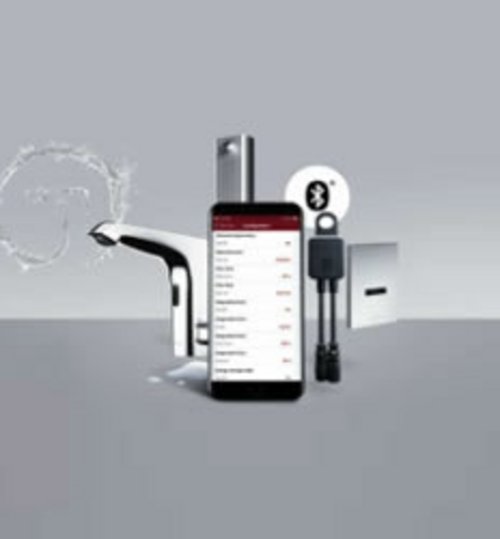
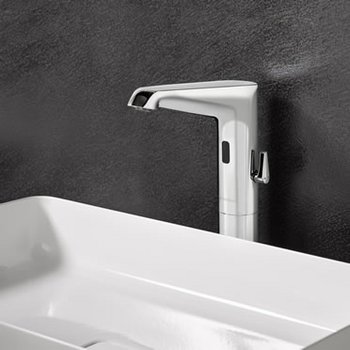
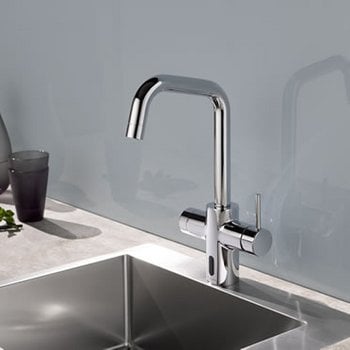
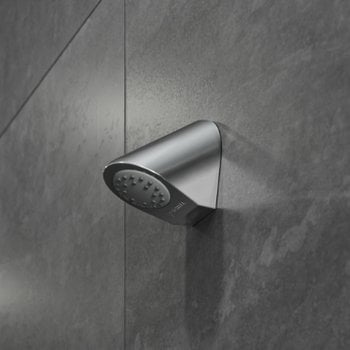
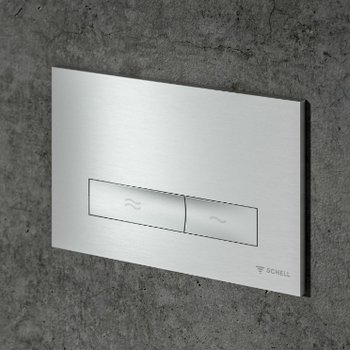
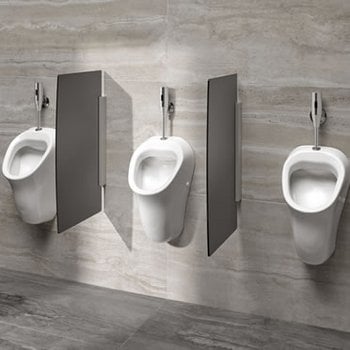
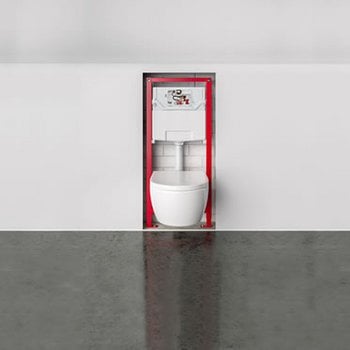
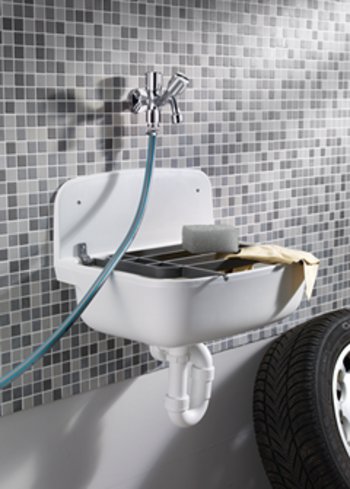
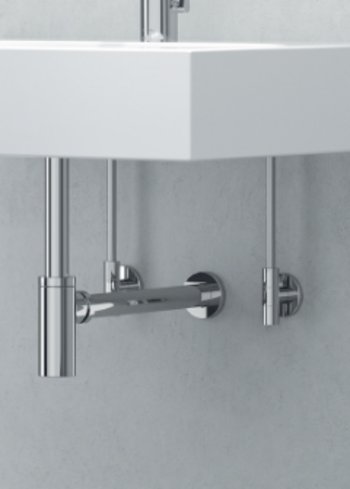
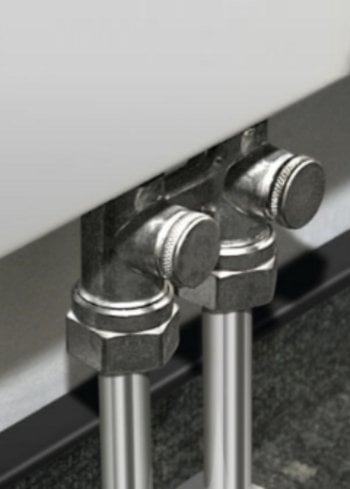
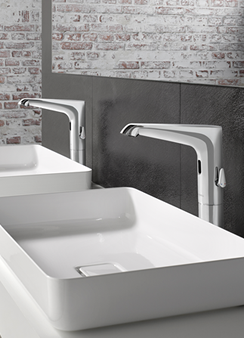
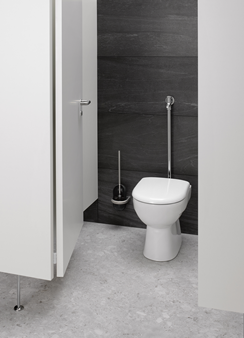
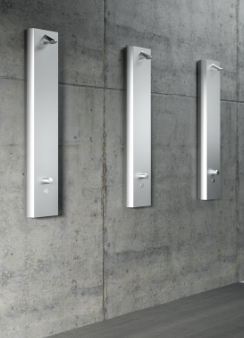

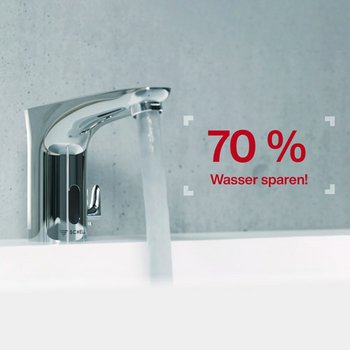
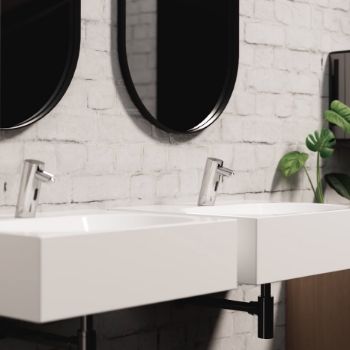
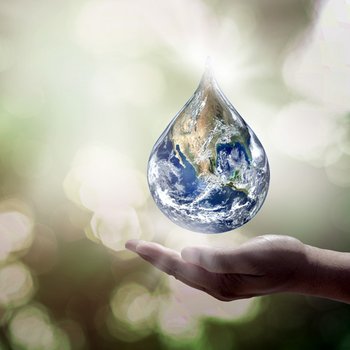

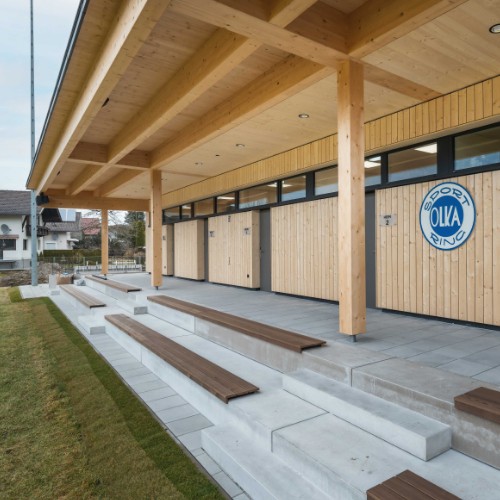
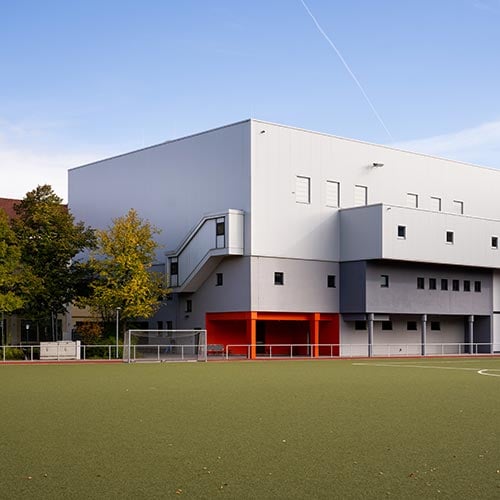
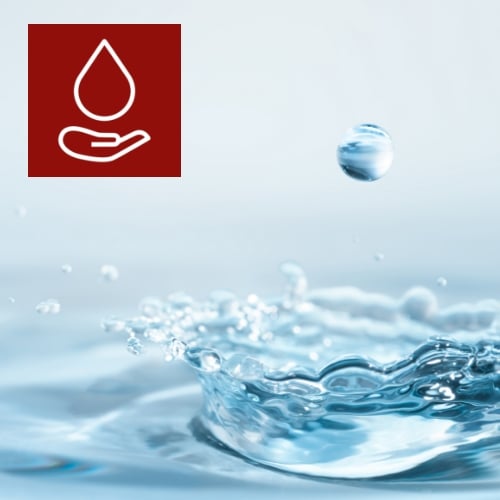
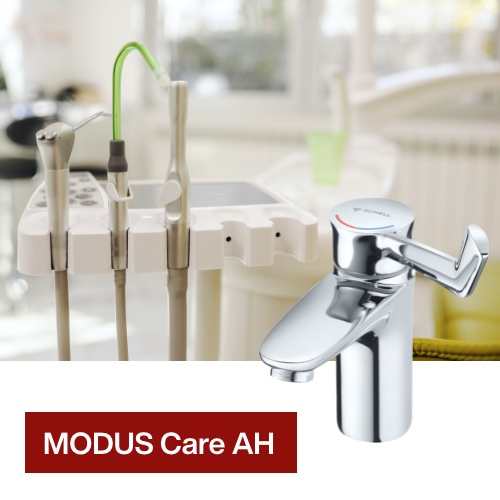
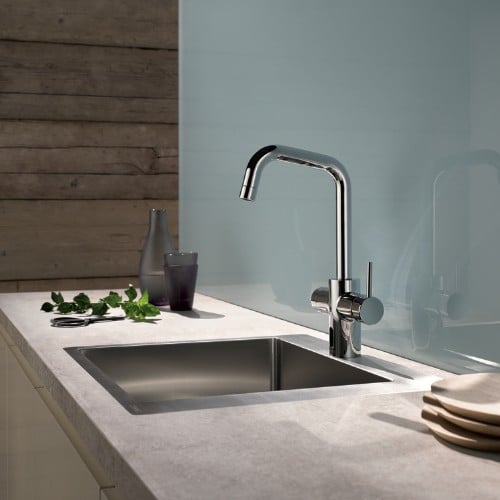
![[Translate to English:] [Translate to English:]](/fileadmin/user_upload/images/menu/menu_service_downloads_broschueren.jpg)




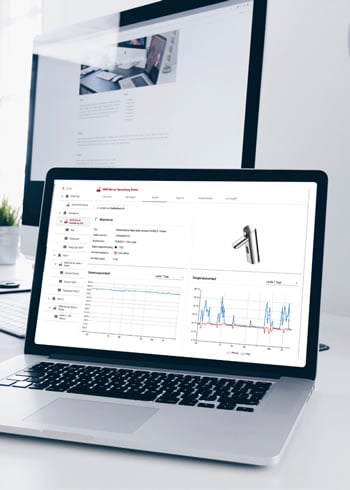


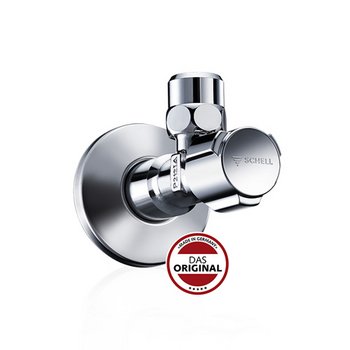
![[Translate to English:] [Translate to English:]](/fileadmin/_processed_/7/7/csm_menu_unternehmen_ueber-schell_awards_f6cec25b1d.jpg)
![[Translate to English:] [Translate to English:]](/fileadmin/_processed_/a/0/csm_menu_unternehmen_ueber-schell_wasser-sparen_41036d2dd9.jpg)


